Wall-mounted clothes hangers are a popular storage solution for homes with limited space. They offer the advantage of utilizing vertical space, keeping clothes off the floor and providing easy access to daily wear. However, like any product, wall-mounted hangers come with certain drawbacks. What are the potential disadvantages of these space-saving devices?
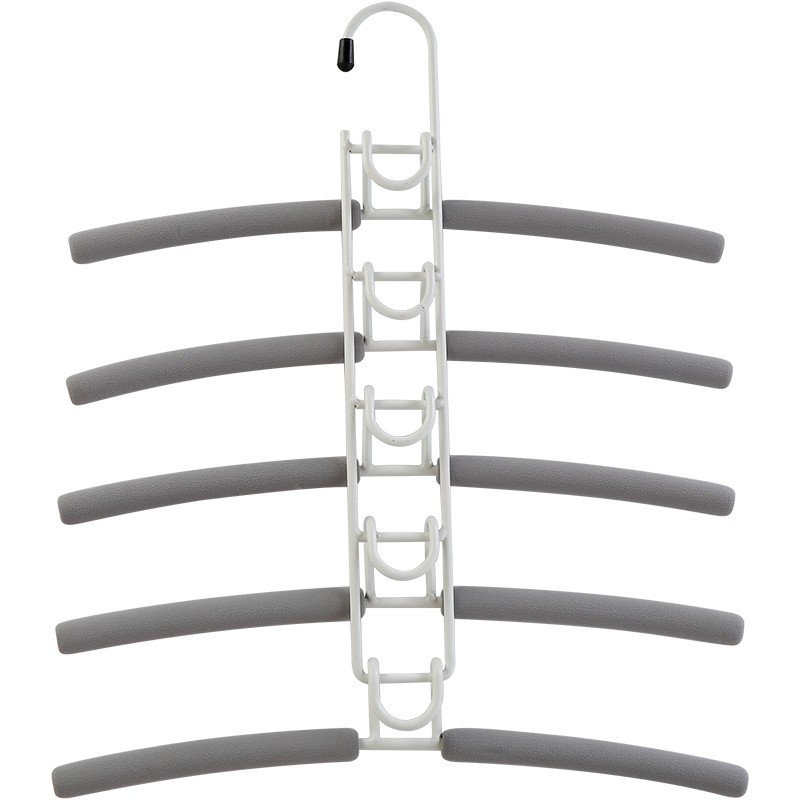
1. Limited Capacity
One of the primary limitations of wall-mounted clothes hangers is their limited capacity. These units are typically designed to hold a relatively small number of garments. Unlike larger wardrobes or closets, wall-mounted hangers may not have the space to accommodate an extensive clothing collection. As a result, they may not be the option for households with large families or people who own a variety of clothes. For those with an extensive wardrobe, wall-mounted hangers might become insufficient, forcing users to look for alternative storage solutions or add multiple hangers, which may compromise the space's neat appearance.
2. Installation Challenges
Installing wall-mounted hangers can also be a drawback. The process requires drilling holes into the wall, which may not be suitable for renters or individuals who prefer not to make permanent alterations to their living spaces. Additionally, if the hanger is not installed correctly, it can become unstable and pose safety risks. Improper installation could cause the hanger to fall, damaging clothes or injuring someone nearby. For individuals with limited DIY experience, professional installation may be required, which adds to the overall cost of the product.
3. Weight Limitations
Another disadvantage of wall-mounted hangers is the weight limitation. These systems are often designed to hold a specific weight, and overloading them can bending, breaking, or detachment from the wall. Hanging heavier items, such as coats or bags, may put too much strain on the hooks or rails, causing them to fail over time. In these cases, users may need to invest in more heavy-duty alternatives, which can be more expensive.
Wall-mounted storage racks are an way to organize and save space, especially in areas with limited room, such as bathrooms, kitchens, and small apartments. These racks offer an efficient way to store everything from towels and books to shoes and kitchen items. But how long can these storage racks last? What factors influence the lifespan of a wall-mounted storage rack?
1. Material Quality
The material of a wall-mounted storage rack plays a significant role in determining its lifespan. Racks made from high-quality materials such as stainless steel, heavy-duty plastic, or solid wood tend to have a longer lifespan than those made from cheaper materials. For example, stainless steel is resistant to corrosion, making it a durable option for areas with high humidity, such as bathrooms. Similarly, wooden racks made from high-quality wood like oak or maple are more likely to withstand wear and tear over time compared to those made from cheaper plywood or particleboard.
On the other hand, racks made from inferior materials can deteriorate faster. For example, racks with plastic components may become brittle over time, especially if exposed to sunlight or temperature changes. Similarly, low-quality metal racks might rust or corrode, a decrease in their structural integrity.
2. Weight Capacity and Usage
Another important factor that affects the lifespan of a wall-mounted storage rack is the amount of weight it is subjected to. Every rack comes with a specified weight limit, and exceeding that weight can cause strain on the structure. Overloading a rack can result in bent shelves, broken hooks, or even a complete collapse, especially if the rack is not properly installed. For example, using a bathroom towel rack to hold heavy items like bathrobes or laundry may a shortened lifespan.

 English
English 中文简体
中文简体


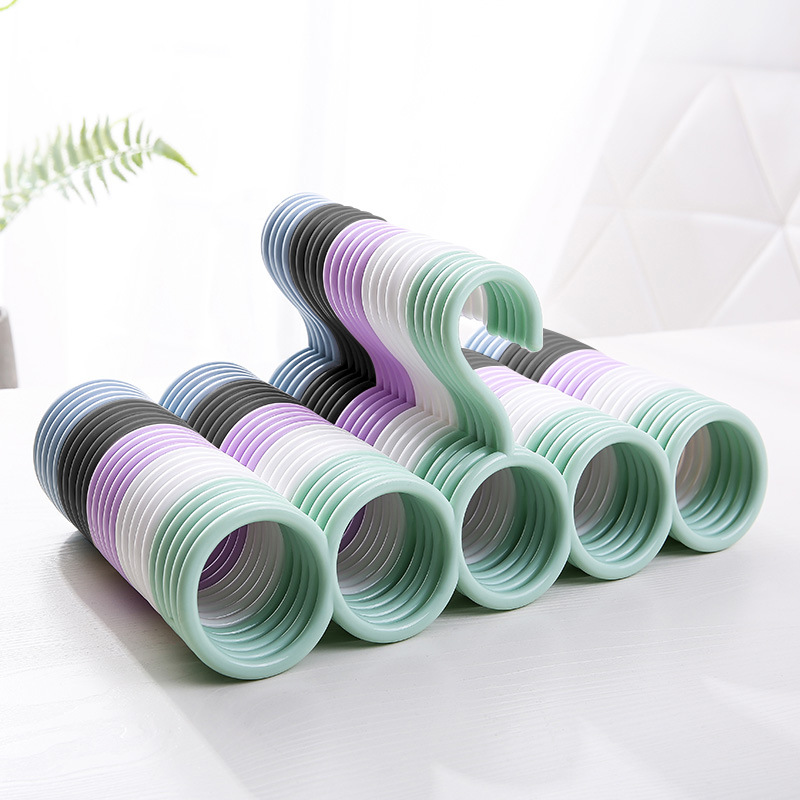
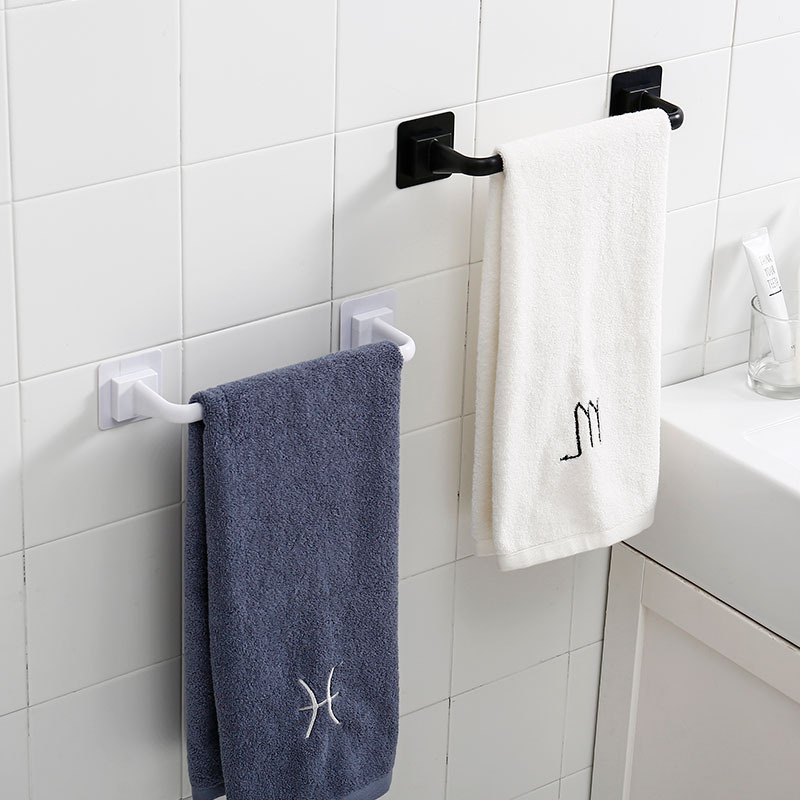
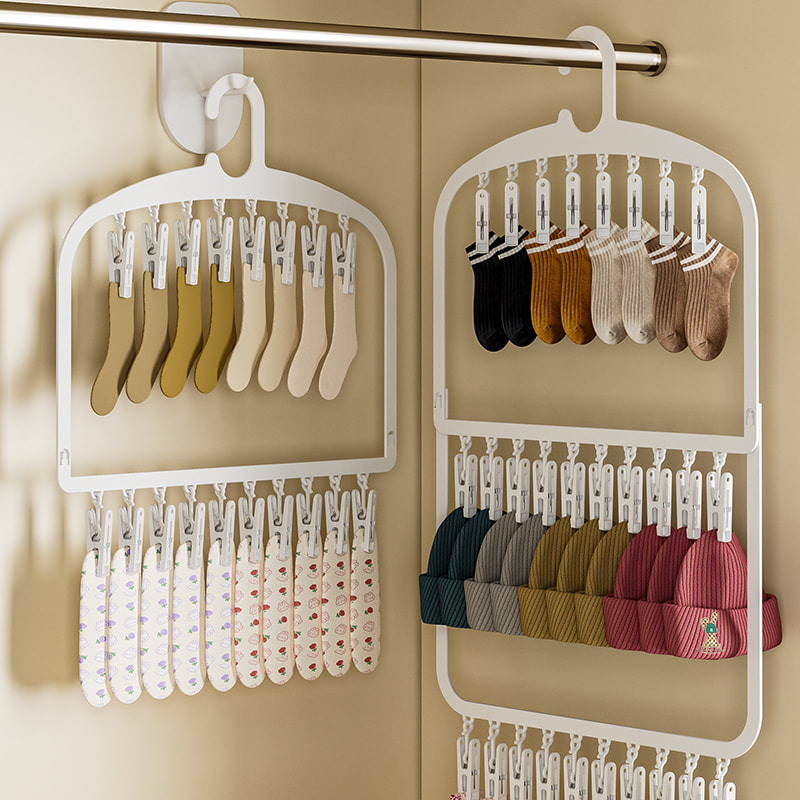
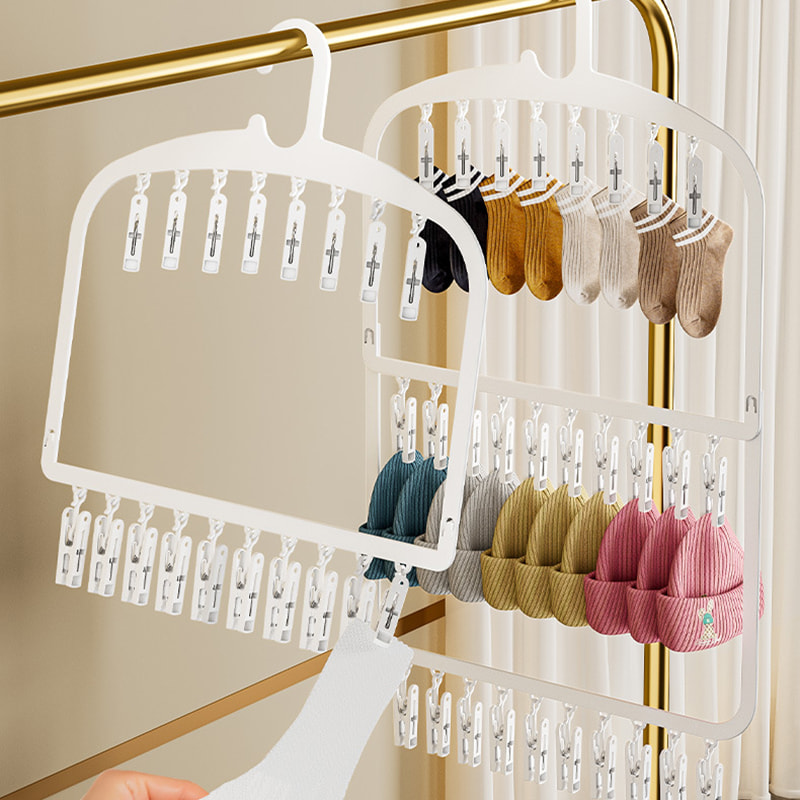
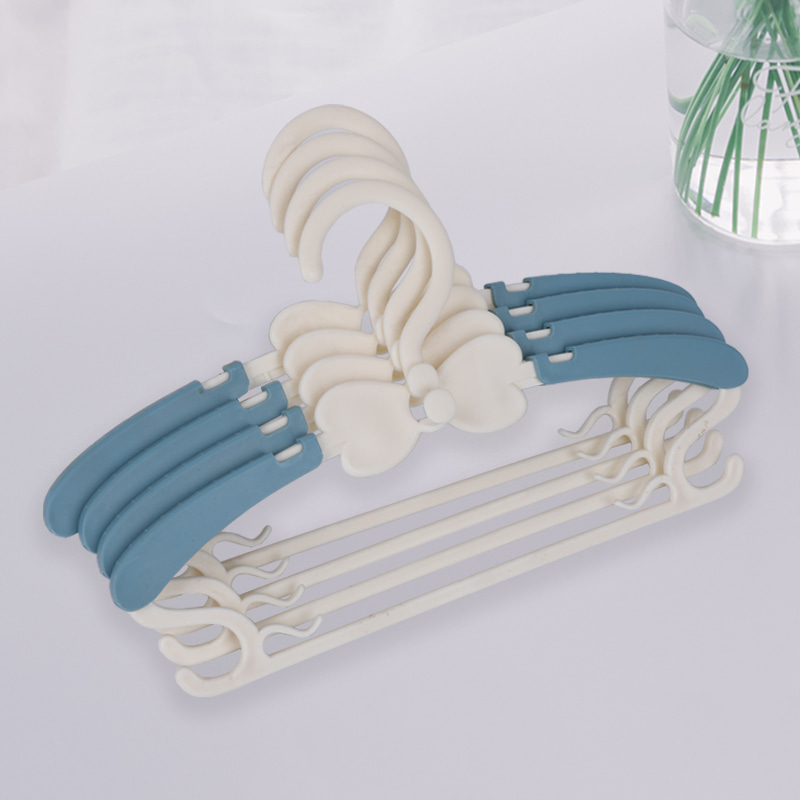
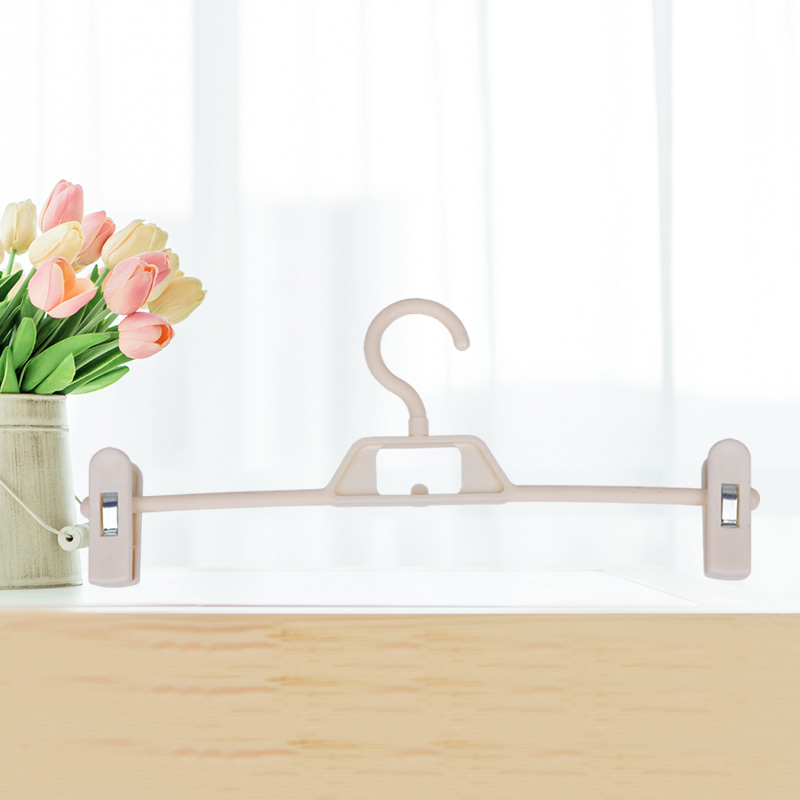

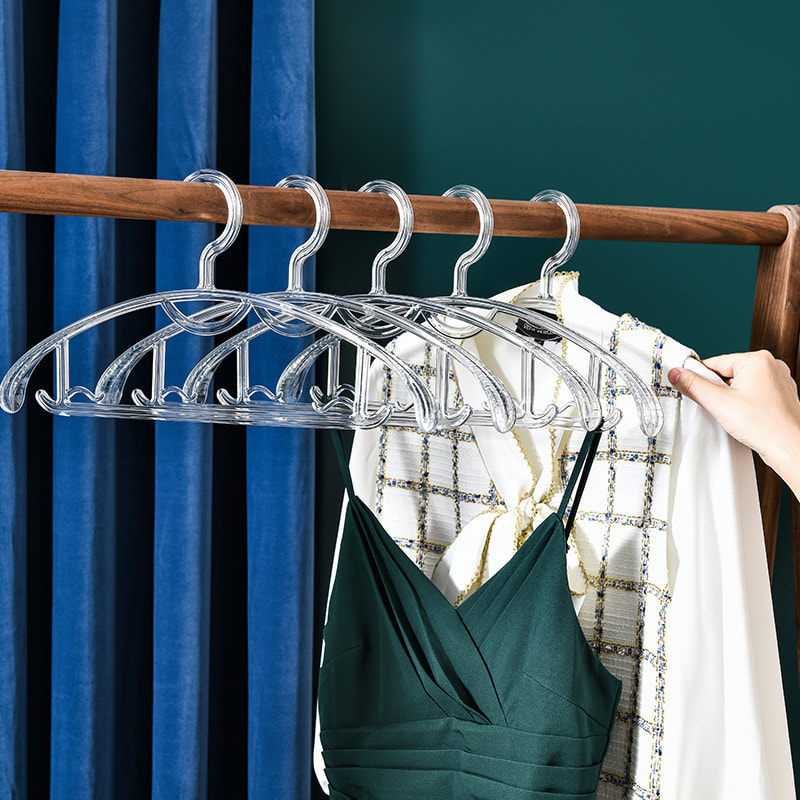
 Phone
Phone
 Email
Email